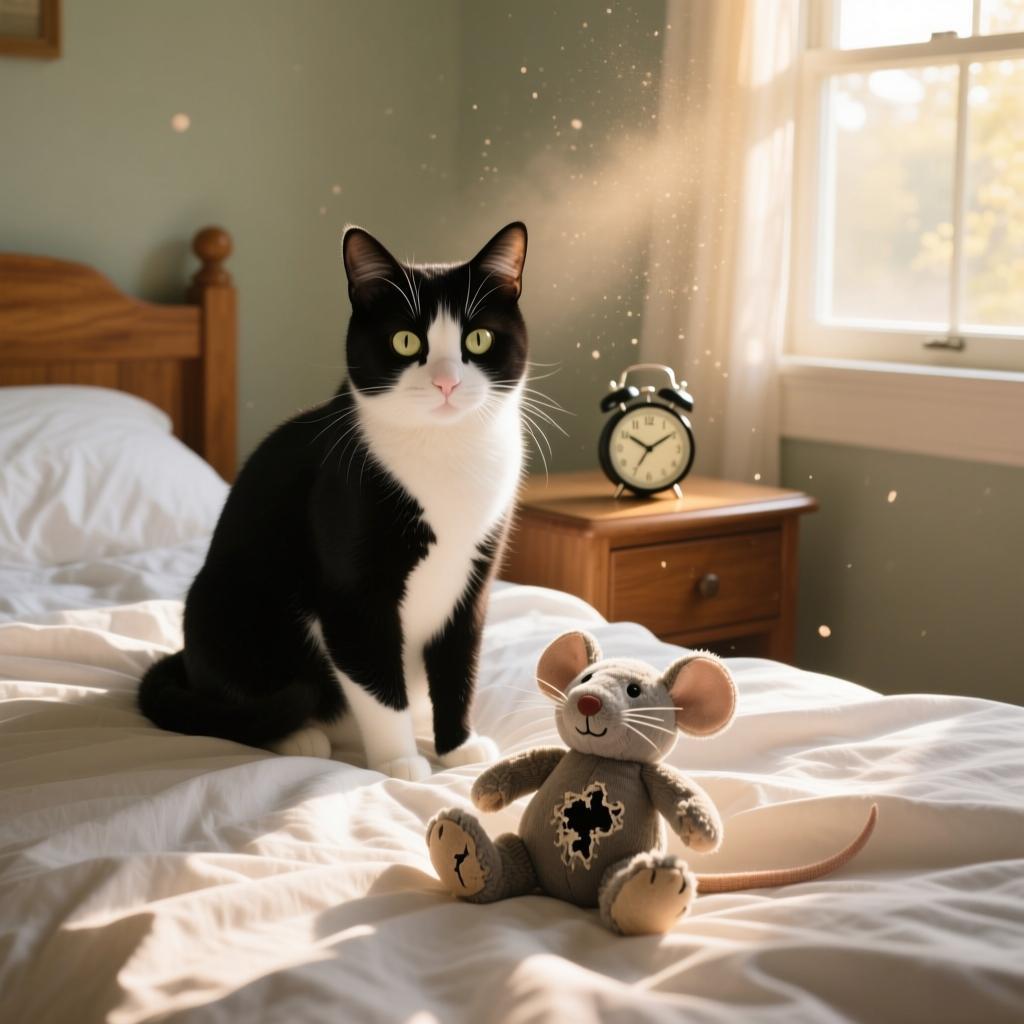More Than Just Hairs: Your Cat’s Built-In GPS System
Think of your cat’s whiskers not as stiff hairs, but as high-tech, ultra-sensitive navigation equipment. While we humans rely heavily on sight to navigate a dark room, your cat uses its whiskers. Formally known as vibrissae, these thick, flexible hairs are rooted in follicles packed with nerves and blood vessels, making them as sensitive as human fingertips.
This intricate system allows your cat to build a 3D map of its surroundings, even in complete darkness. Whether you’re in a busy American city or a quiet British countryside home, understanding this transforms how you see your feline friend’s nightly adventures.
The Six Amazing Jobs of Your Cat’s Whiskers
1. The Nighttime Navigator & Spatial Awareness Pro
Whiskers are perfectly tuned to detect the slightest changes in air currents. As your cat moves, air flows around furniture and walls, creating tiny breezes that their whiskers pick up. This allows them to “feel” the shape of objects without touching them, preventing bumps and guiding them flawlessly through a pitch-black room.
2. The Purr-fect Measurement Tool
Here’s a fun fact widely known among curious pet owners from Canada to Australia: a cat’s whiskers are roughly as wide as its body. This isn’t a coincidence! Before squeezing through a narrow fence or a gap in the furniture, your cat will poke its head in. Its whiskers act as a built-in tape measure, instantly telling it whether the rest of its body will fit through safely.
3. The Unspoken Mood Ring
Want to know how your cat is feeling? Look at its whiskers!
-
Relaxed and Forward: Whiskers fanned slightly to the side and forward indicate a curious, happy, and friendly cat.
-
Pinned Back Against the Face: This is a sign of fear, stress, or aggression. It’s a clear “leave me alone” signal.
-
Pulled Tightly Against the Cheeks: This often means your cat is feeling defensive or unwell.

4. The Super-Protective Eye Shield
Those elegant whiskers above your cat’s eyes aren’t just for show. If anything—even a tiny speck of dust—touches these super-sensitive hairs, it triggers a blink reflex that protects the eye from potential injury.
5. The “Can-I-Eat-This?” Gauge
The tiny, stiff whiskers on the back of your cat’s front legs, called carpal whiskers, are hunting aids. They help you cat assess the movement, position, and even the viability of prey held in its front paws.
6. The Close-Up Vision Helper
Cats are famously nearsighted. Their whiskers on the muzzle and cheeks help convey information about objects right under their nose—like the location and texture of their food or a favorite toy—that their eyes can’t focus on clearly.
The Golden Rule: Never, Ever Cut the Whiskers!
Now that you understand their critical role, the rule is simple: A cat’s whiskers should never be trimmed, cut, or plucked.
Removing or damaging them is like taking away a person’s sight and sense of touch simultaneously. It can cause:
-
Disorientation and dizziness
-
Increased stress and anxiety
-
An inability to judge spaces, leading to them getting stuck
Whiskers naturally shed and regrow on their own, which is perfectly normal. Your only job is to let them be and admire the incredible machinery they represent.
Conclusion: Respecting the Whisker Wisdom
From the bustling apartments of New York to the cozy homes of London, our cats navigate our shared worlds with grace and precision, thanks in large part to their amazing whiskers. By understanding and respecting these vital tools, we can become more empathetic and informed guardians for our incredible feline companions.



